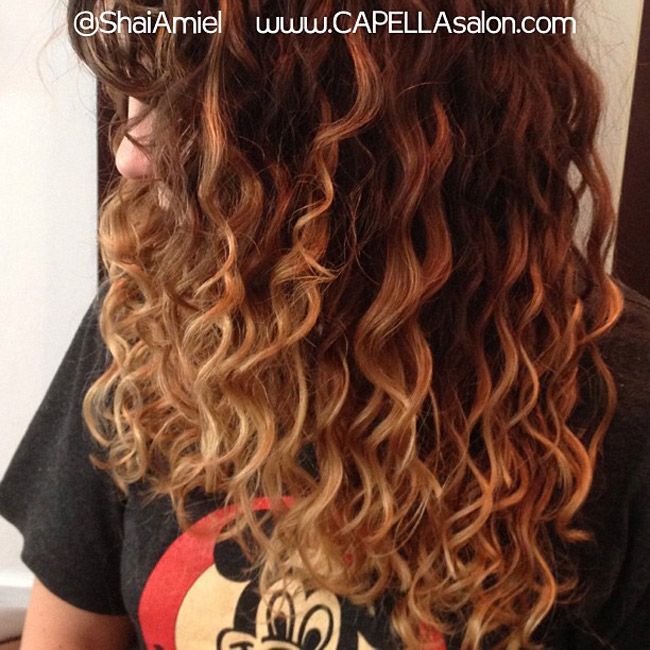
Have you ever noticed how children’s hair gets beautiful, natural highlights when they are out in the sun?
Ombre hair and balayage are two popular hair coloring techniques that help achieve a similar result through coloring. Though they are similar, there are distinct differences that will help you determine whether you’re an ombre or a balayage kind of girl. Search YouTube and you will find tons of videos and personal tutorials on how to achieve ombre hair or balayage by both hairdressers and DIYers alike. I personally suggest going to a salon to get color done, but if done carefully, you can also do them at home. Ombre and balayage are often confused due to their similarities, but there are some important differences to note.
Ombre
Ombre hair is the gradual lightening of the hair strand, usually fading from a darker color near the roots to a lighter one at the ends. The word ombre is a French word meaning “as two-toned”. Ombre can be very subtle or very striking. The look you want to achieve will depend on the technique and level of lightness.
Balayage
Balayage is French meaning “to sweep.” The balayage technique was developed in France in 1970’s and is called a freehand technique as the colorist applies color with hands rather than foiling. When the color is being applied, the majority of the brush strokes are horizontal in nature to coat the front and back of the hair strands. In balayage, the colorist “sweeps” vertically with the tip of the brush and only to the front of the hair. This creating natural, sun kissed highlights. Balayage is currently the most requested coloring technique in salons today with lots of celebrities doing their hair in this fashion.
Ask yourself these questions to determine which look is for you:
- Am I okay with the “grown-out roots” look?
- Do I want something low maintenance?
- How much lighter than my natural shade do I want to go?
- How do I usually style my hair? Unaltered texture, or straightened?
- Am I okay with bleaching my hair?
If You’re Not About the Touch-Up Life
Both ombre and balayage look beautiful on all different hair types and textures. If you’re okay with roots, and bleach, then ombre is great for you. Ombre hair is dark at the top gradually going lighter towards the bottom so it will almost look like you’ve skipped a few hair appointments. This is good for those who do not want to go to the salon as often since touch ups do not need to be frequent.
A plus about wavy and curly hair wearing ombre is that because the line of demarcation (the “line” separating natural color from artificial color”> being prominent, it will blend in with your texture and not be as noticeable. If you straighten your hair, you will see more of a contrast. Waves and curls hide that line much better. Because ombre hair can have very light ends, there is a high chance bleach will be used. The ends of our hair are already the most damaged, so proceed with caution.
If You Don’t Do Bleach
Balayage is low maintenance and gives off more of a subtle color. Balayage may not require bleach depending on how light you want to go. The classic balayage look is supposed to look natural, so you will probably only go 2-3 shades lighter than your natural color.
Because the color is painted on the hair vertically, you will not get that demarcation line mentioned with ombre. This makes balayage an excellent choice for those with straighter hair. As the color grows out, it will be less noticeable, making time between salon appointments longer, just like with ombre.
Both of these coloring options are on trend and can be worn in various ways. As with any color service, especially those that involve lightening parts of the hair, remember to deep condition regularly to maintain the hair’s health and integrity. Also, if you are going to be doing ombre and lightening up your ends significantly, you might want to consider a split end mender to help with damage. Alterna Split End Mends and Carol’s Daughter Monoi Repairing Split End Sealer are two good options.Thanks to The Love Hanger for the imperative information on these two coloring techniques. And for more ombre and balayage color inspiration, check out the Curl Dr, Shai Amiel.









